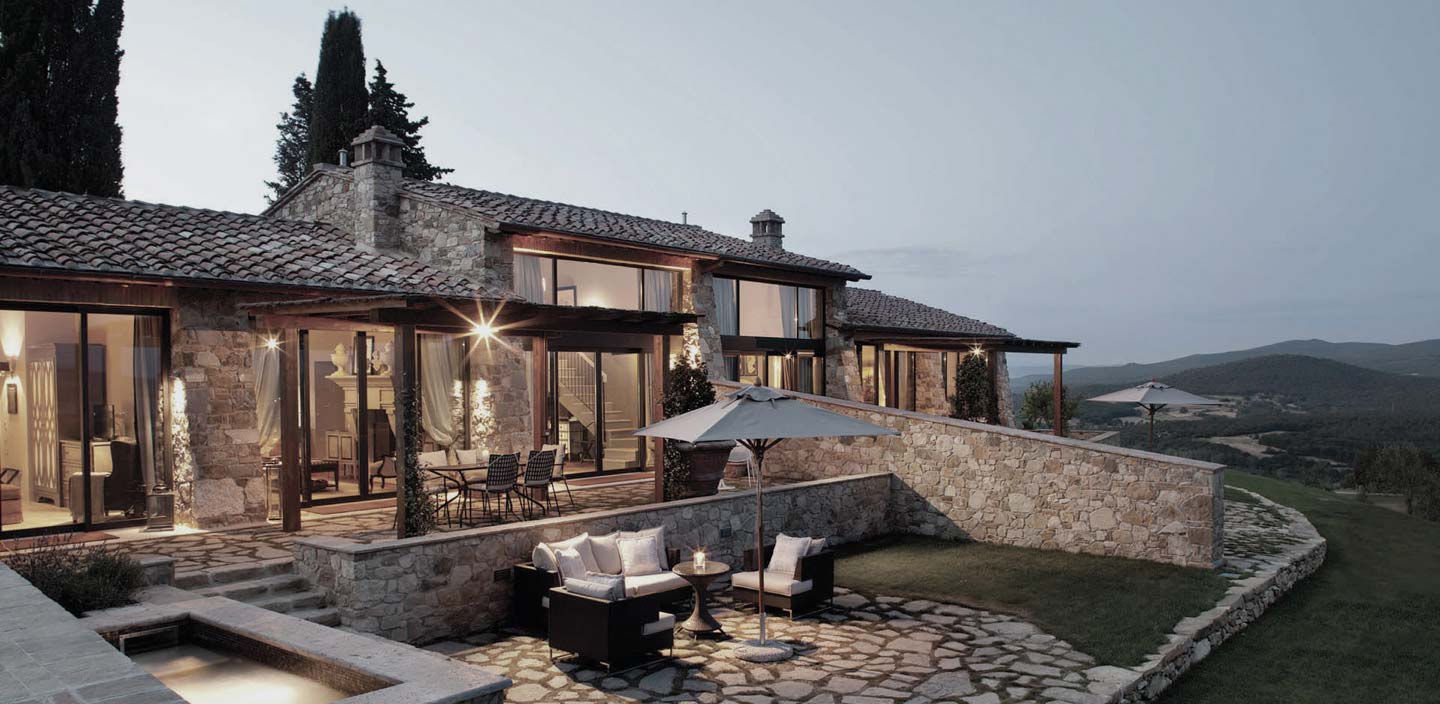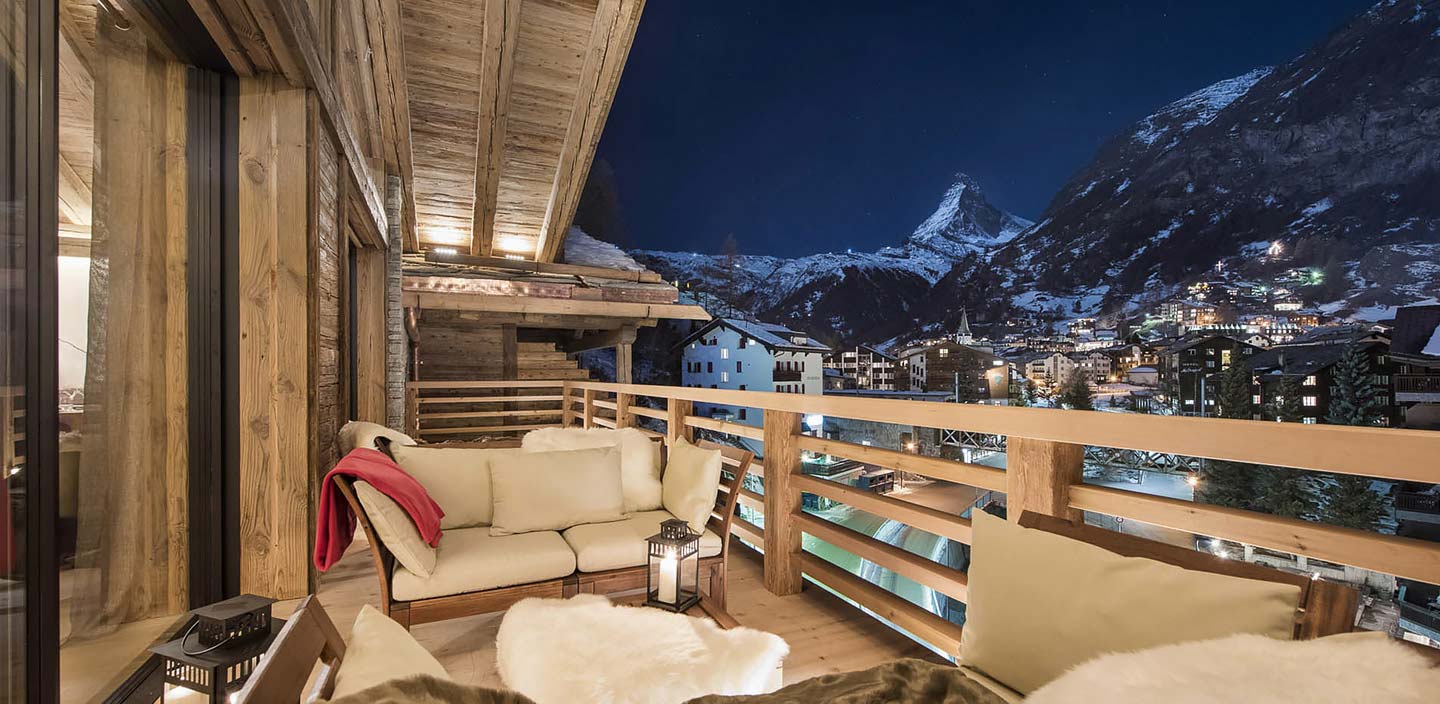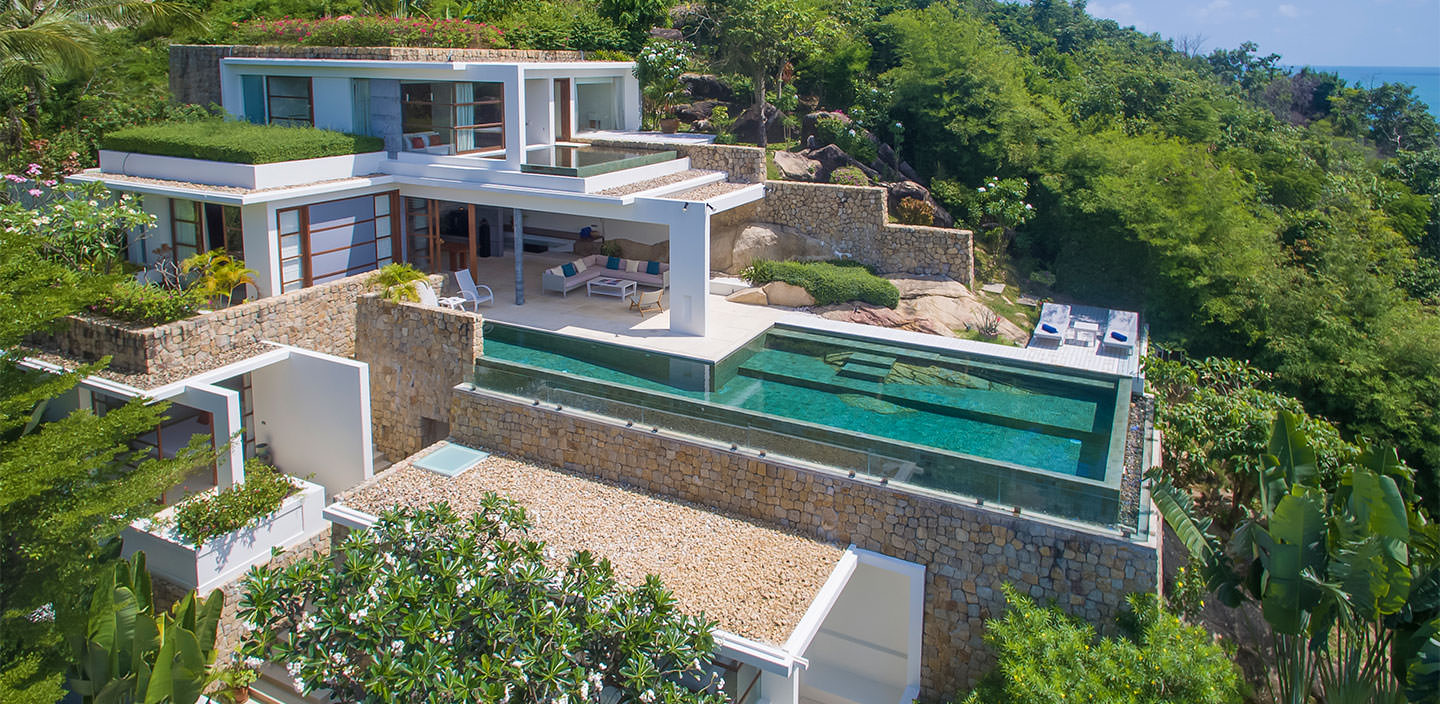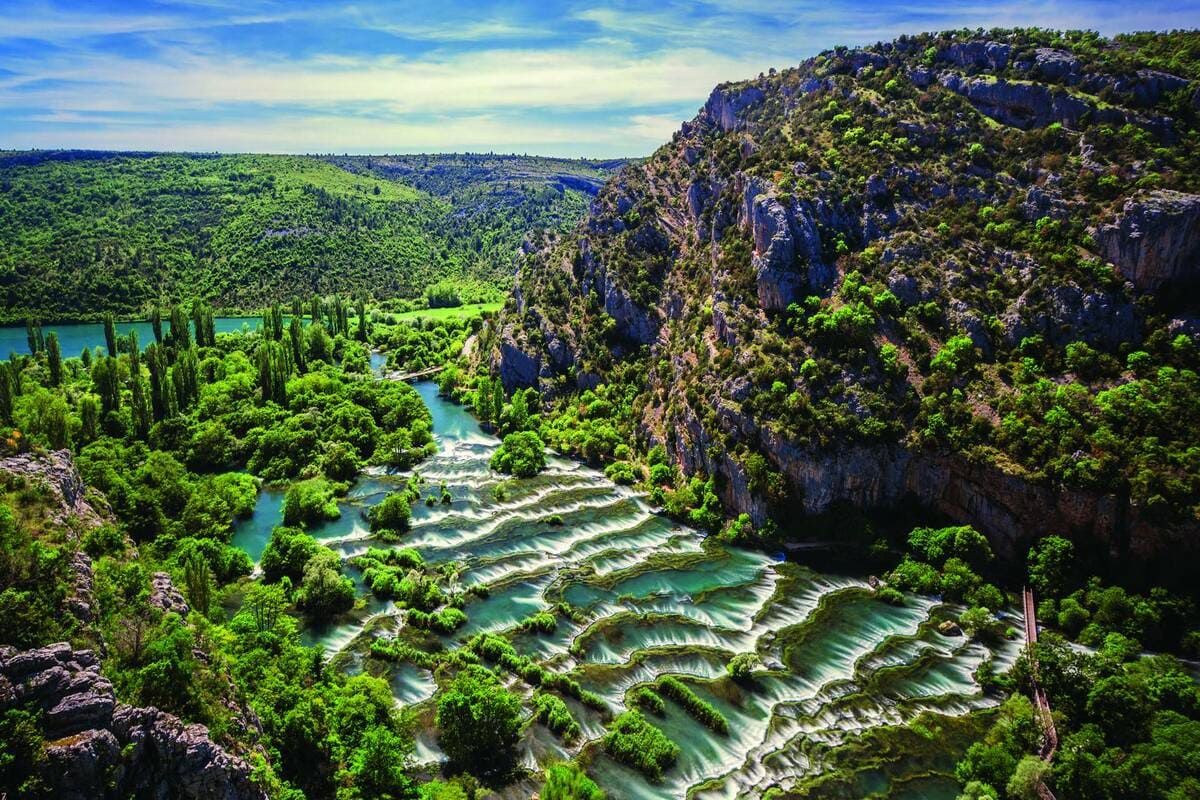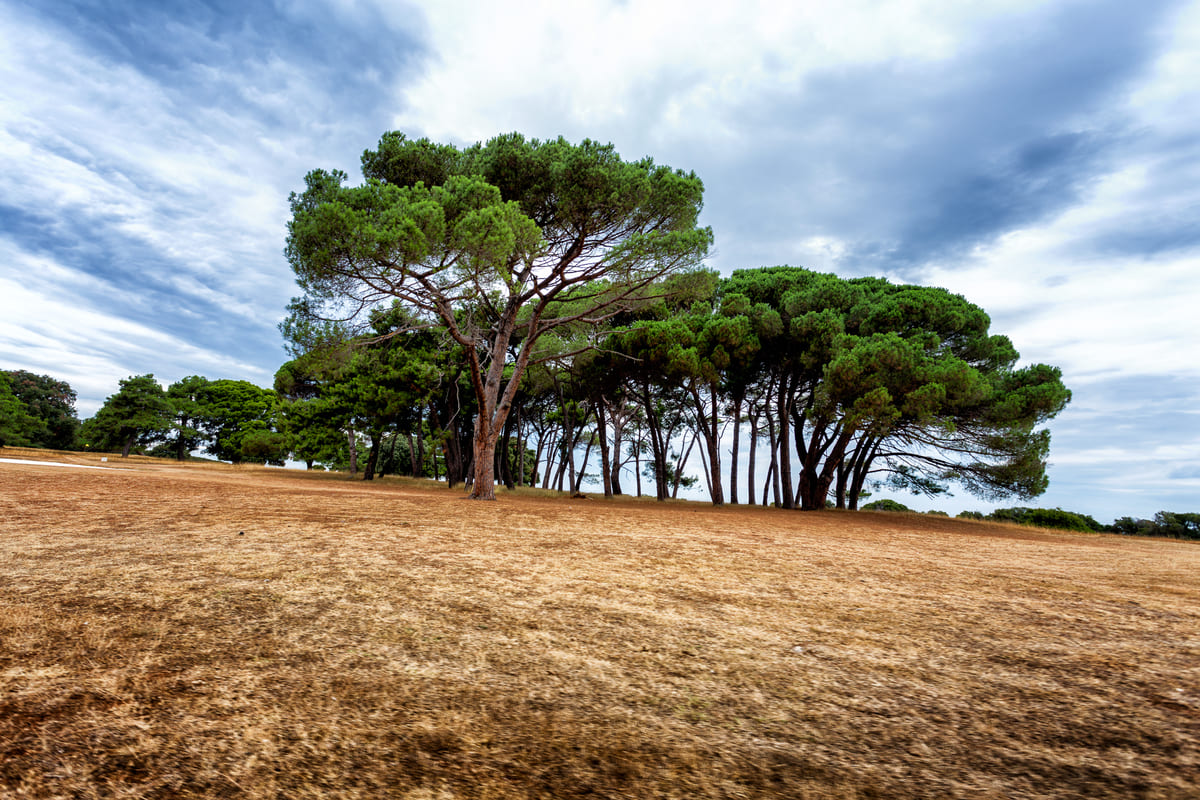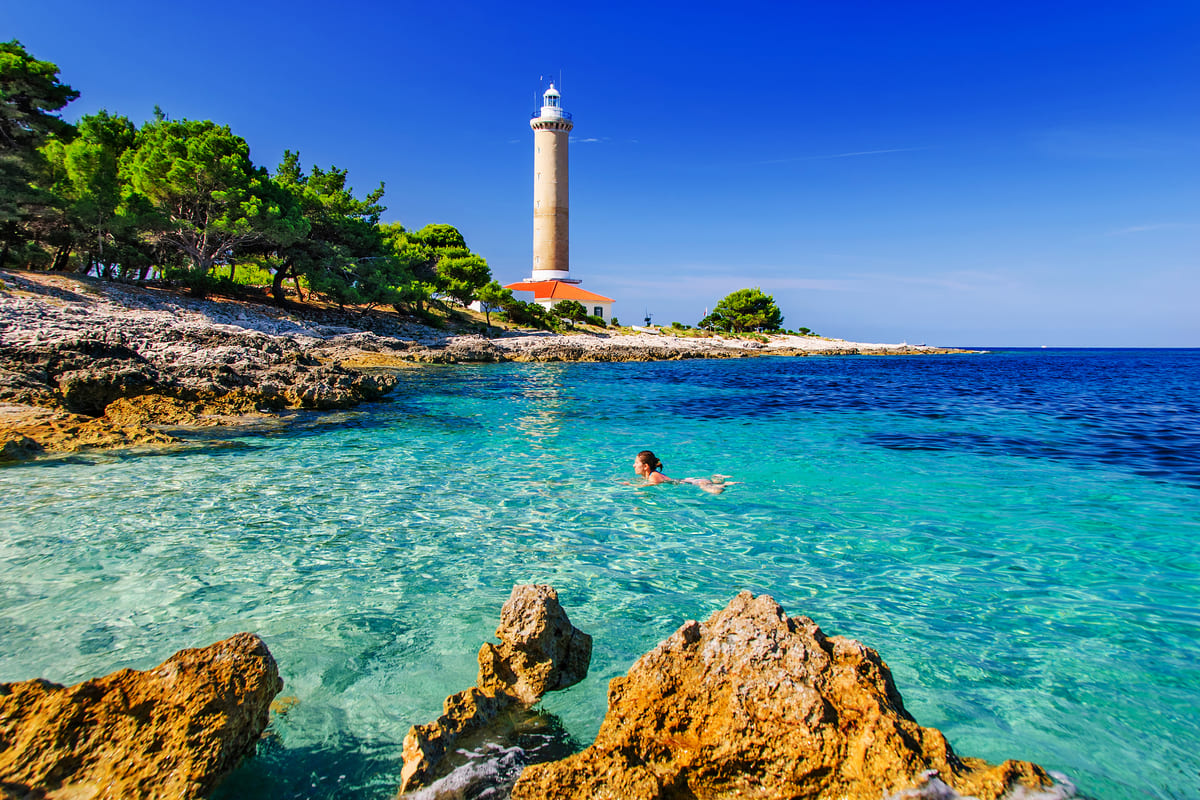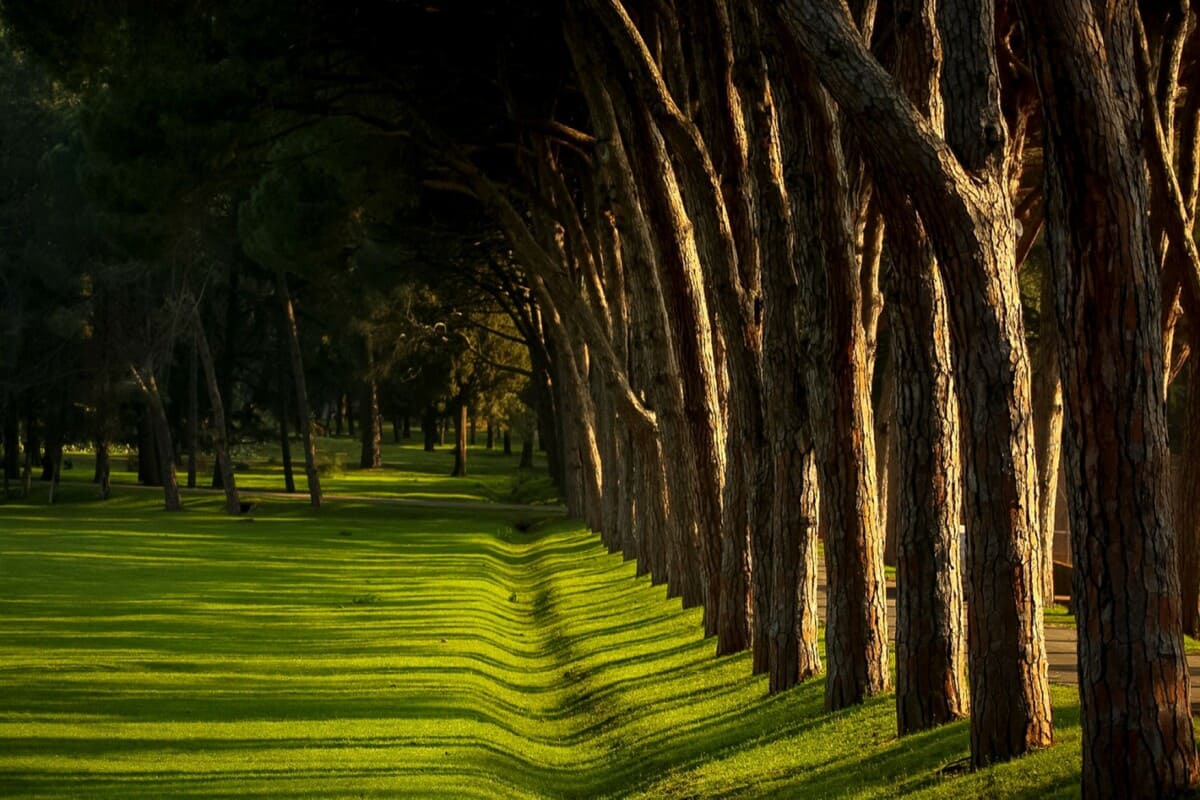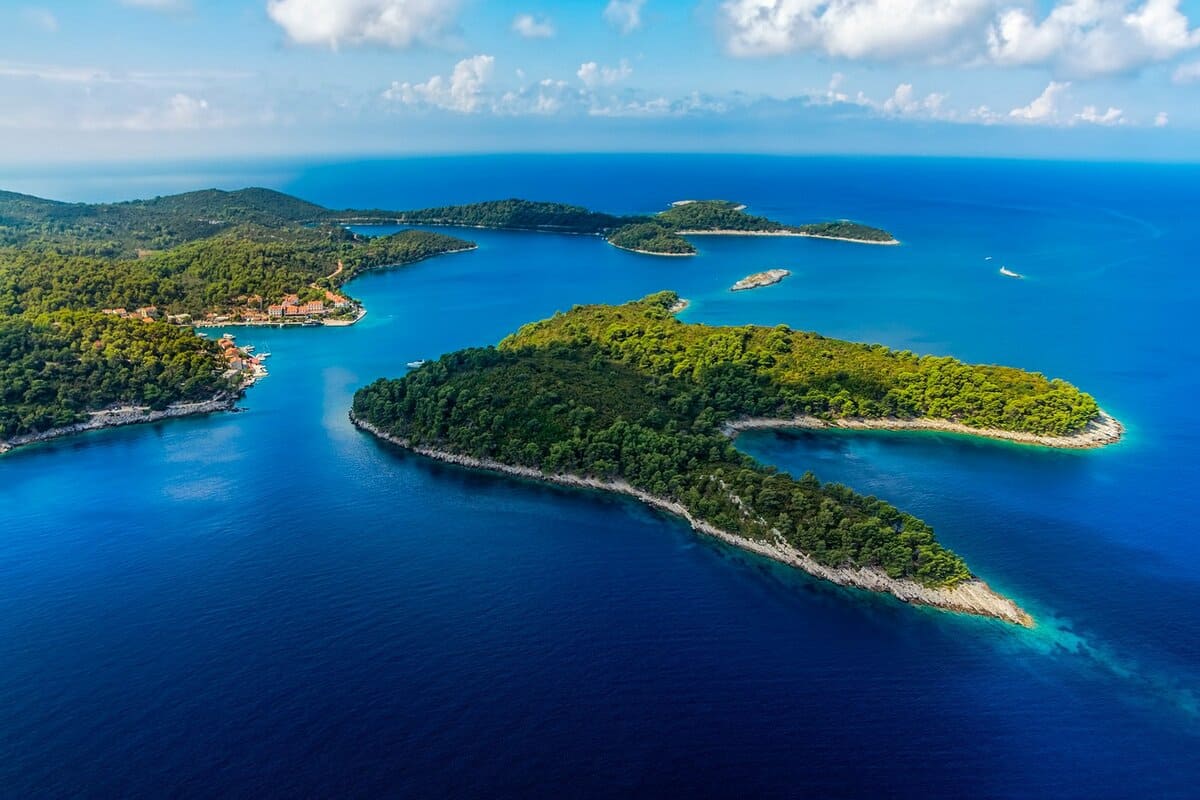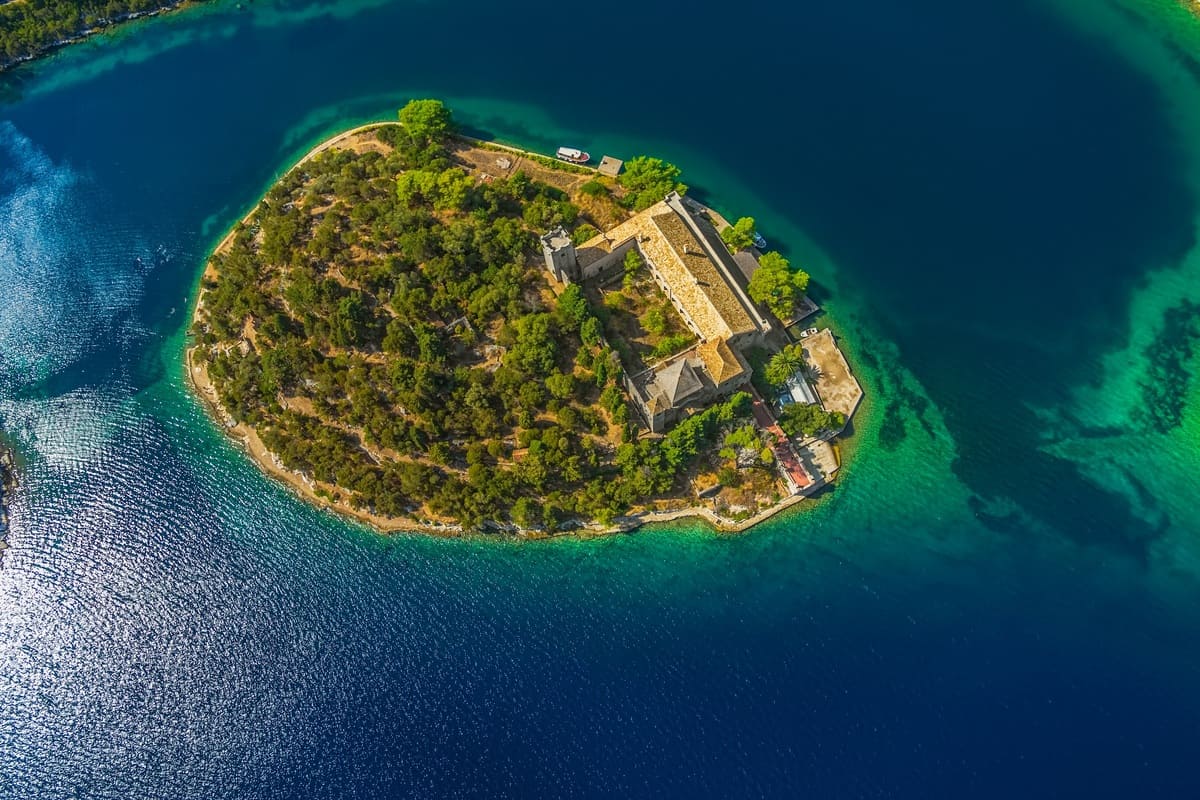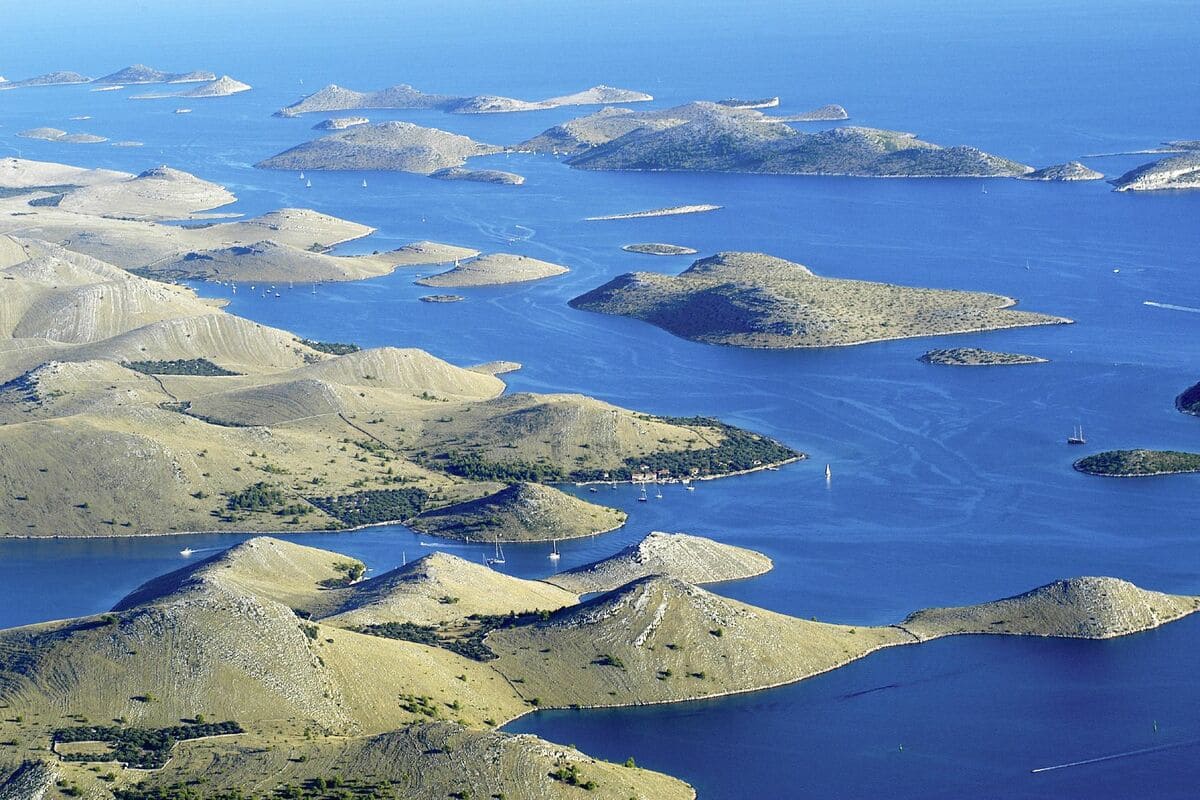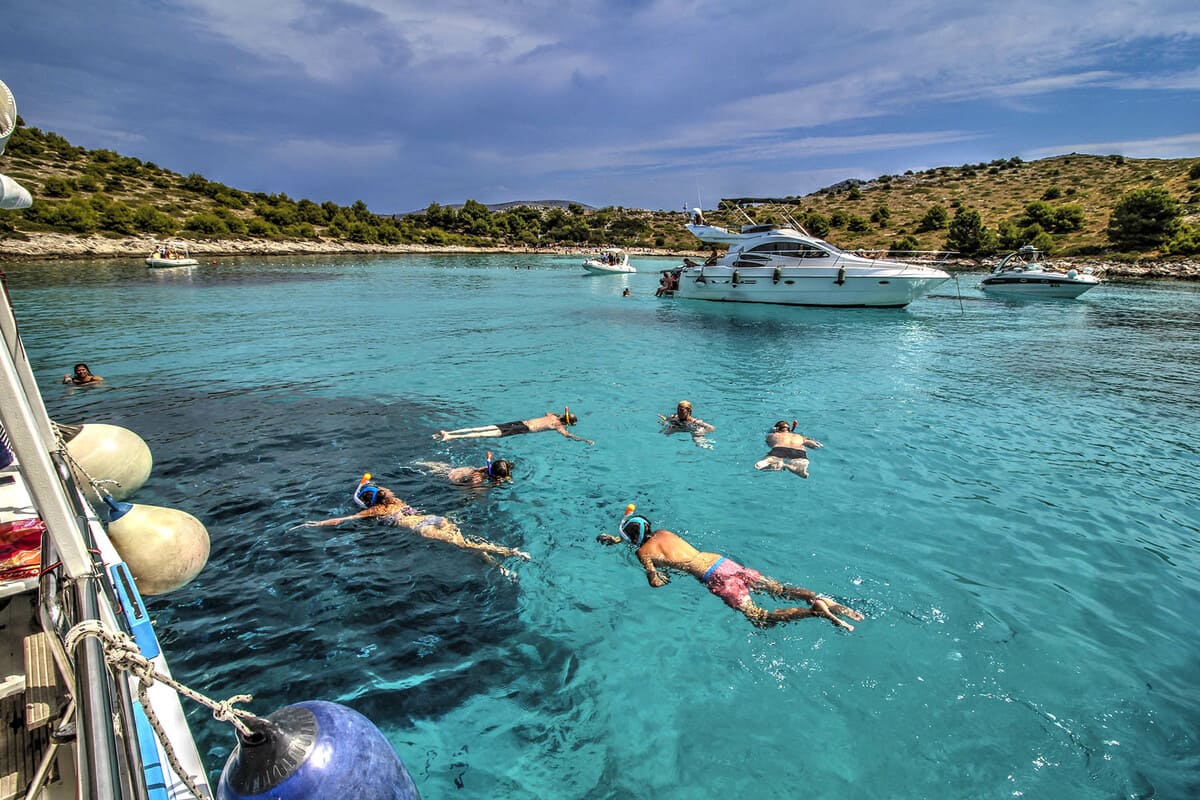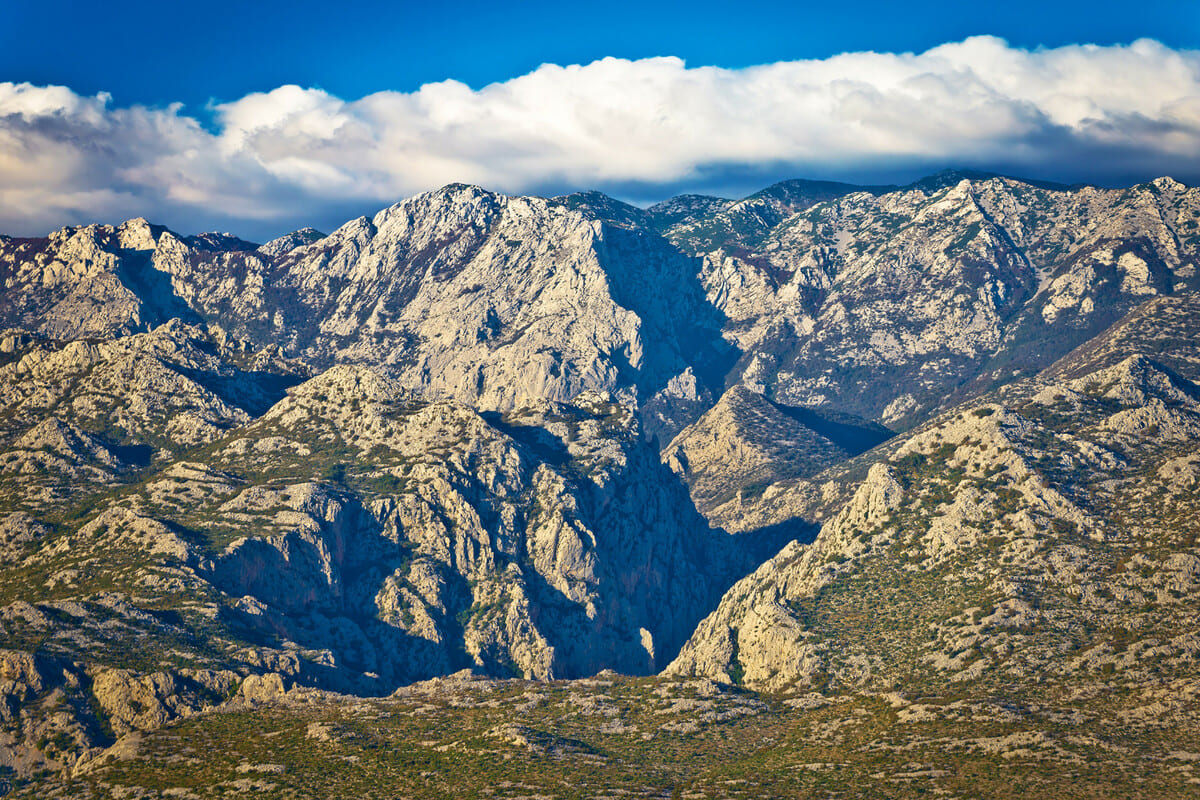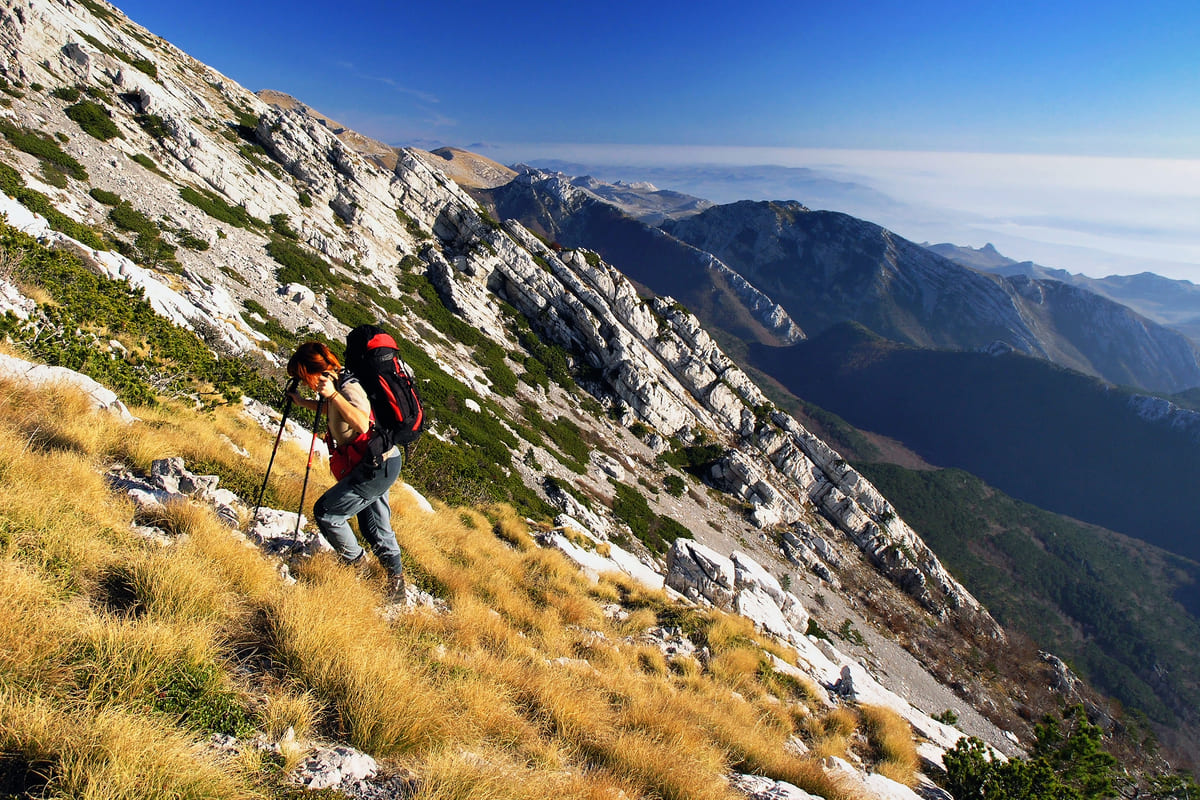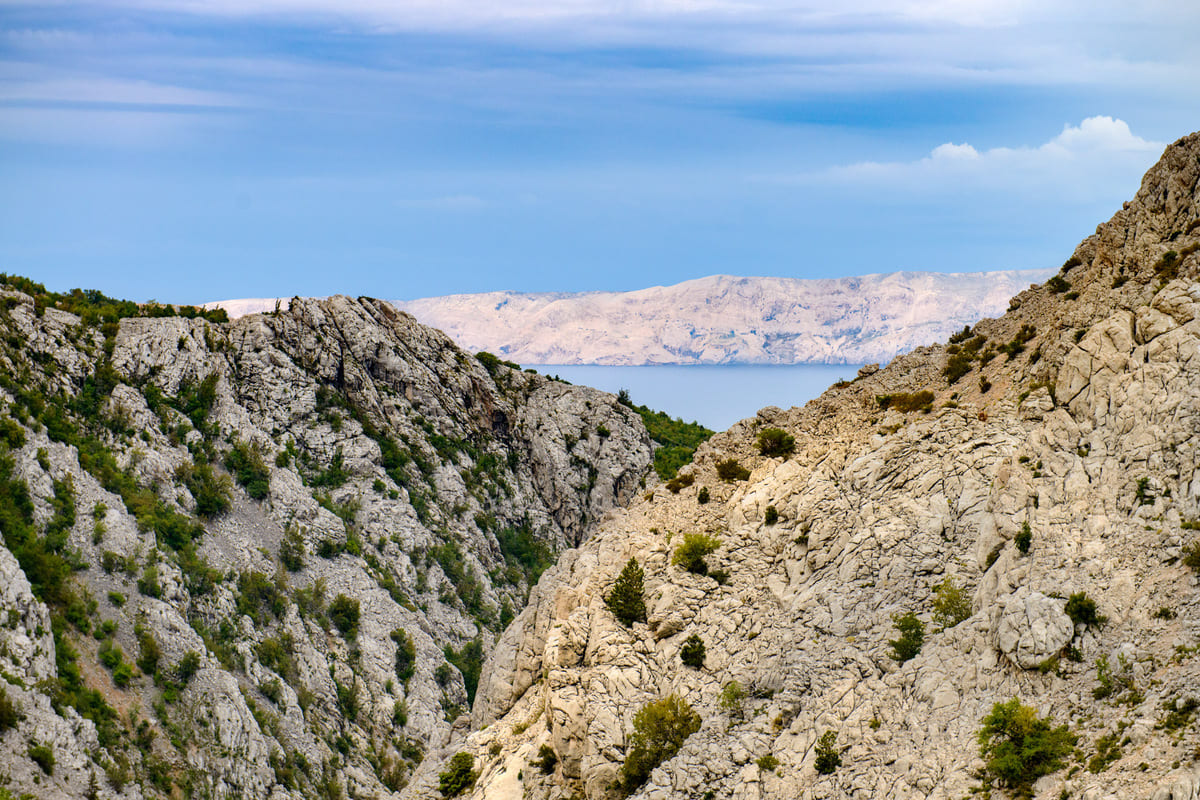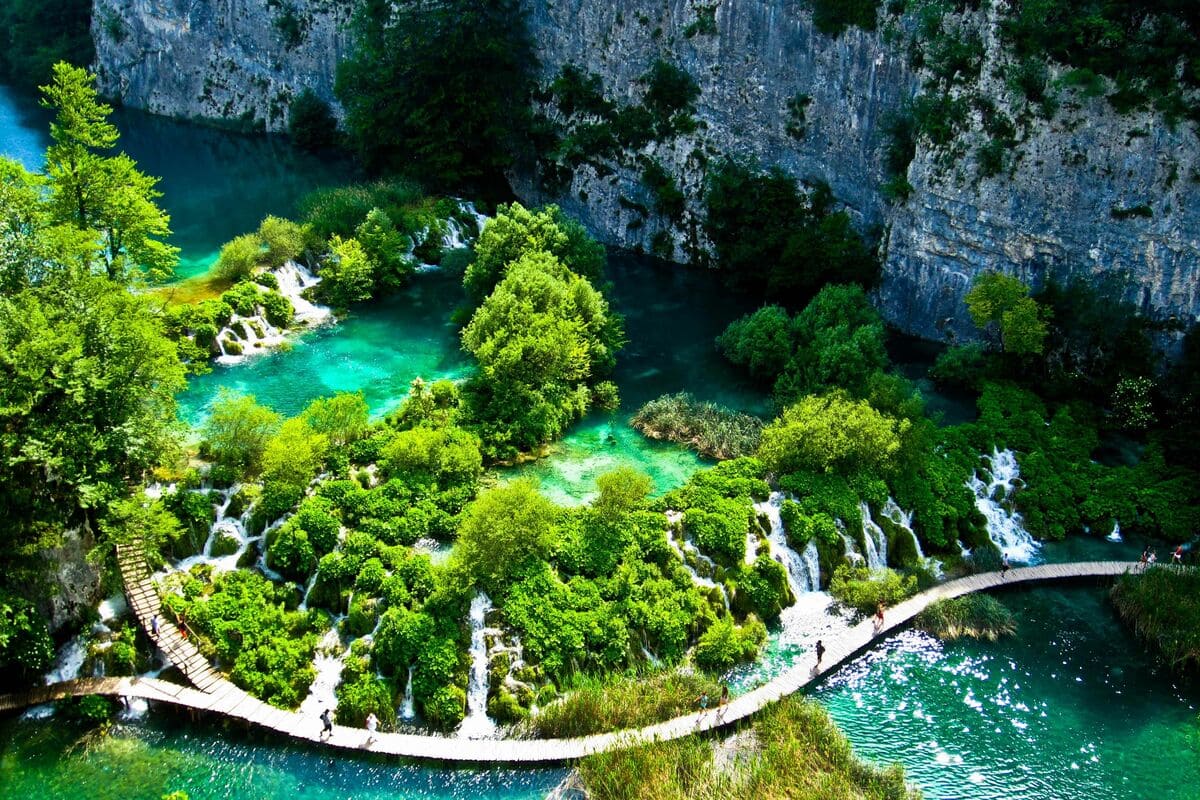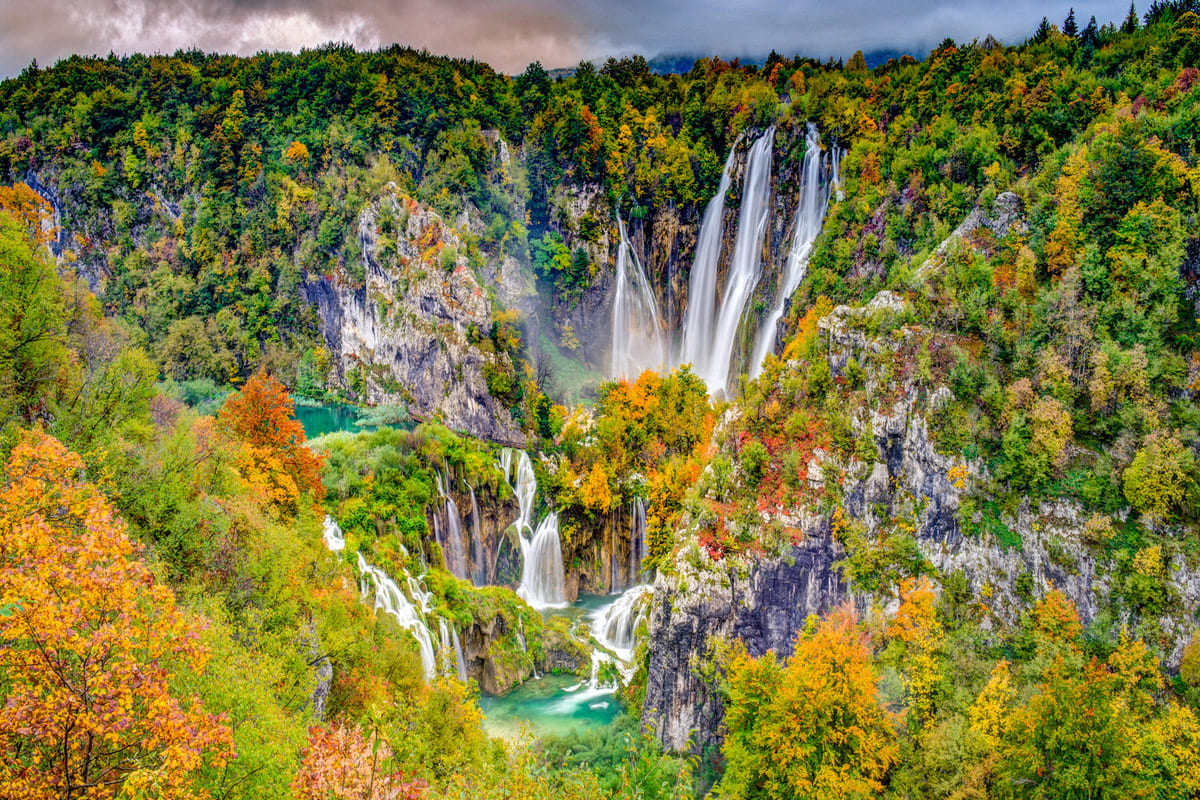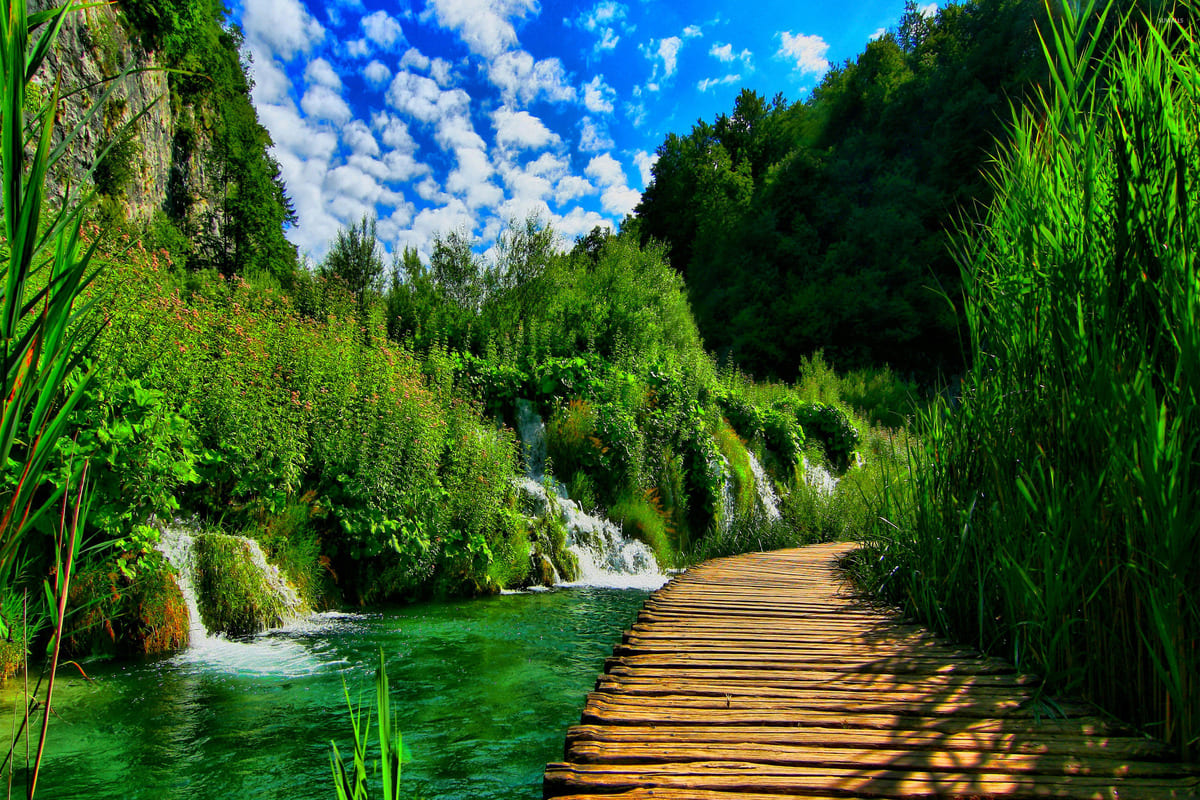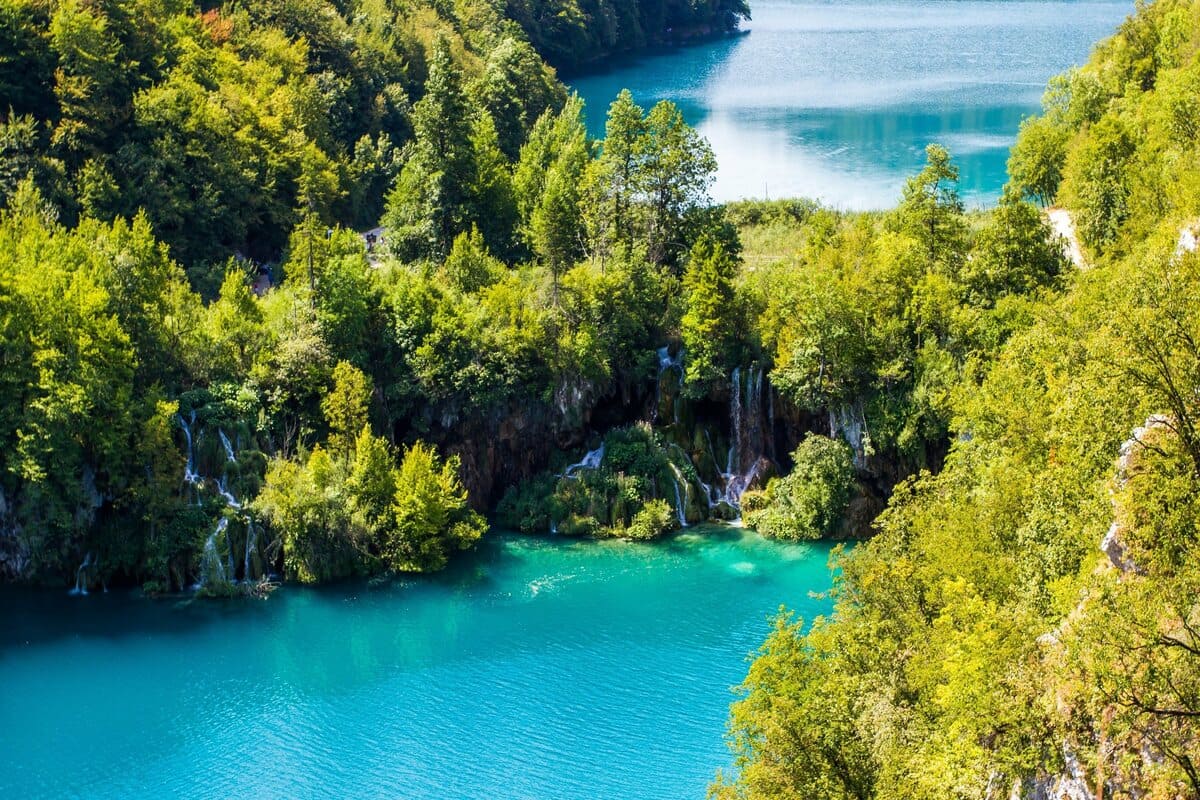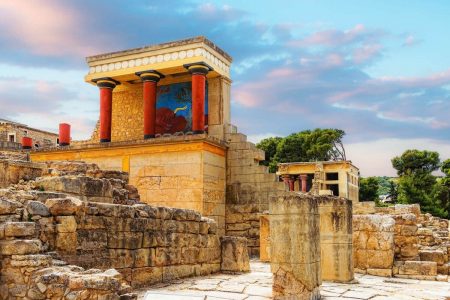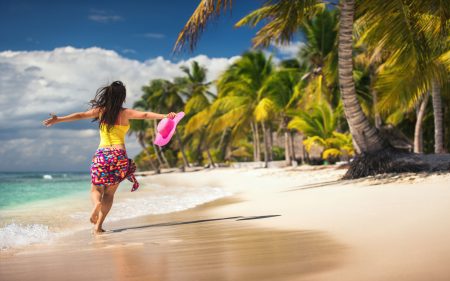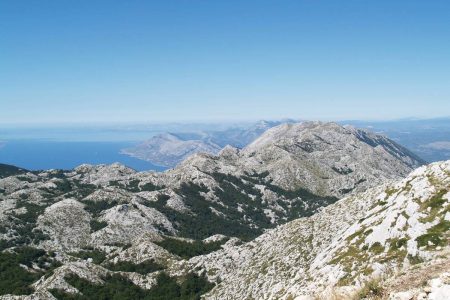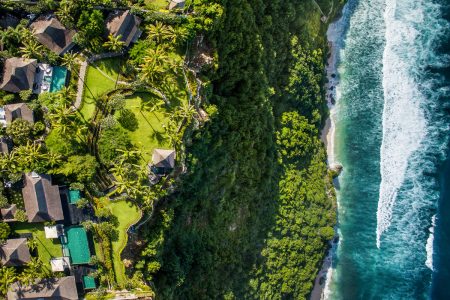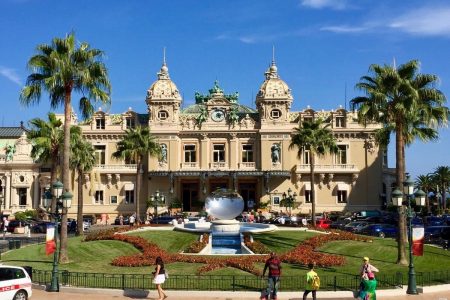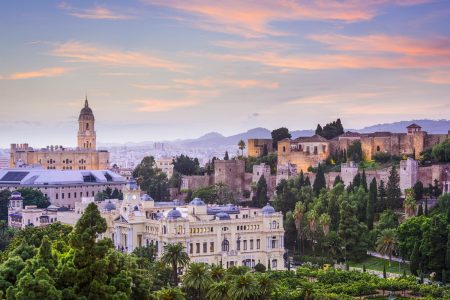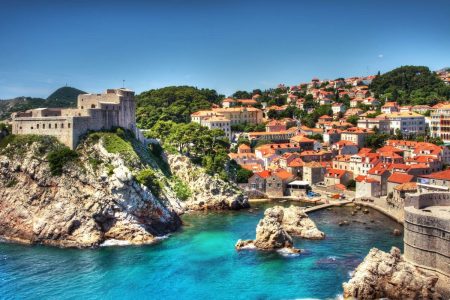Despite its small area, Croatia has everything to satisfy the most demanding tourists: fabulous cities, clean beaches in the shade of sprawling pines, and turquoise clear sea. Everyone will quickly find a favorite place for a peaceful holiday. However, visitors to Croatia often miss natural beauty that is no less noteworthy. Perhaps our article about Croatian national parks will help those who already love this country take a fresh look to it or will help the newcomers to choose the best place for holidays.
Brijuni National Park
There are green islands fringed thin strips of sandy beaches along the West coast of Istria. These are the Brijuni islands, the biggest of which has the status of the national park. No doubt, the most interesting thing here is the magnificent unity of the wild nature and man-made beauty. Due to the mild climate, one can find hundreds of species of subtropical plants near the shady relict oak groves and the needle-scented high pine forest. The plants add flavour of eucalyptus, olives, rosemary and something else exotic to the salty sea air. Don’t be surprised if a wild rabbit, a squirrel or a larger wild animal jumps out right in front of you on the lawn. Tourists often meet does or deer. Freely moving wild animals against the backdrop of the lush greenery of the island is one of the worthy Brijuni National Park’s hallmarks. You can find a small Safari Park created during the regime of the Yugoslav leader, Josip Broz Tito, in the north of the island.
If you are in the southern part of the island, it is worth visiting the ornithological park. They maintain here the best conditions not only for flocks of storks and bold herons living in the marshes but also dozens of species of exotic far-brought birds. The nearshore underwater world Brijuni is not less diverse than that ashore. Clean and clear sea around the island isa great environment for the rich world of plants and organisms typical of the northern Adriatic. Several diving centers in Pula and Fažana located on the coast of Istria arrange diving in the bays near Brijuni. But even if you are not a fan of diving, you can admire the marine life and enjoy the beauty of the sea renting a yacht or taking an excursion on the boat cruising from Istria to the islands. The present territory of the national park drew people even in prehistoric times. There you can find the ruins of a Roman city that existed before our era, an old quarry, a Roman prison, and ancient temples. The islands passed from Rome to Byzantium and later to Venice. They still preserve the traces of their historical past everyone can see now. The following centuries also changed Brijuni. Thanks in large part to an Austrian, Paul Kupelwieser. The XIX century refashioned the islands most. Luxury villas, marinas, restaurants, tennis courts, and golf clubs took stand next to the ancient ruins and made Brijuni an elite resort for wealthy Europeans of the first half of the last century. During the dictator Tito’s regime, the islands were no longer the place for everyone. Now they got the status of a national park protected by the state and are open to visitors. What makes Brijuni worthy of attention is a combination of all the centuries-long architectural heritage and natural beauty. Walk through a small part of the park, take an excursion on a small train or rent a bicycle and catch almost the whole island? Choose anything and not limit yourself to just looking at Brijuni from the board of the pleasure boat. It’s just 3 km by sea from Fažan (near Pula) to the Brijuni’s pier, so a cruise will take very little time.
Not limit yourself to just looking at Brijuni from the boat
Mljet National Park
The same ubiquitous ancient Romans left many artifacts on the large southern island of Mljet located in the Adriatic Sea near the cities of Dubrovnik and Split. The impressive remains of the Roman palace in Polača are really worth seeing. The palace is one of the best preserved monuments of the Roman period on the Croatian coast. However, the western part of the island became a national park mostly due to Benedictines, who owned part of the island for several centuries, actively supported planting of greenery there, and eventually did everything possible to make Mljet the greenest island in the Adriatic sea as of today. Benedictine monastery located on a small picturesque island of St. Mary since the XII century became the unofficial symbol of Mljet. The same as two unique salt lakes, Great Lake (where the monastery island is located) and Small Lake. They remain pleasant for swimming even when the sea is already cool and inhospitable. But during the season, when the sea is warm, it is difficult to resist spending a little time on the beach of one of the many bays of the island. Water color, clean sand and breathtaking natural landscapes. Maybe this the Croatian paradise that you were looking for?
Mljet National Park is ideal for hiking and cycling. We recommend those who have chosen the second option to rent a bike in Pomena or Polača and spend a day exploring the island. You can take a rest in small caves or stop at viewing platforms overlooking the sea and islands there on the way. The elevation difference is small and it is comfortable to move in the shade of trees even on the hottest day, so the trip will not be tiresome. But do not expect to have a car trip in the national park. It is forbidden. Professional divers ready to dive into underwater caves and grottoes will like the rocky coast of Zakamenica hidden in the southern part of the park, which once attracted interested in the famous oceanographer Jacques-Yves Cousteau, who explored the underwater world of the Adriatic Sea here. In addition, several ships sank near this coast of the island for various reasons. Diving here is risky but the beauty and surprises of the underwater world of these place continue attracting brave souls. You can get to Mljet National Park from several places on the Croatian coast. There are regular ferries from Dubrovnik and Pelješac peninsula. If you start your journey in Split, you can see other picturesque islands of the Adriatic on the way to Mljet: Brač, Šćedro, Šolta, and dozens of other smaller ones.
Mljet the greenest island in the Adriatic sea
Kornati National Park
It can be said that Kornati islands are the exact opposite of Mljet. There are practically no plants here. That is why these semi-desert islands are often called “bald”. However, you can find here picturesque rocks and grottoes, the purest water, and the rich underwater world which make Kornati National Park a favorite place for divers and yachtsmen. It is also an almost deserted haven for many species of snakes, rodents, and birds. Choosing a tour from Split or Zadar, you will spend the whole day at sea admiring a hundred islands of the Kornati archipelago. Be sure you will have the opportunity to go ashore to have a short walk and rest on the beach. Numerous beautiful coves along the coast are just perfect for private cruises on a small yacht.
Kornati is a favorite place for divers
Paklenica National Park
Those who love mountains and hiking will like the Paklenica National Park. 150 km of trails with varying degrees of difficulty are waiting here for those seeking mountain adrenaline on the southern slopes of Velebit: from easy short routes to complex one for well-trained and well-equipped climbers. They all start at the entrance to the national park, where the “gates” are the vertical slopes of the Velika Paklenica canyon almost half a kilometer high. You can watch the ascent of many climbers by the sheer cliff of the canyon even right near the entrance.
One of the most popular but not the easiest routes of Paklenica goes past them to the Anića kuk viewing platform commanding a magnificent view of the sea from a height of more than 700 meters. The path to the goal passes a mountain forest, huge boulders, and mountain springs. You can take a look at the forester’s cottage and drop into the Manitapec karst cave, which will leave you stunned with the grandeur of millennial stalactites and stalagmites of unusual shapes and silhouettes! There are almost four dozen similar caves in Paklenica but not all of them are accessible to visitors. Manitapec is the most popular one, but keep in mind that it is open only until lunch. However, even if you do not manage to visit the cave, the stunning mountain landscapes of Paklenica you can see on any of the routs you choose will fill this day with bright impressions. The landscapes of Paklenica are often compared to those of the Dolomites. In fact, their origin is similar. By the way, like the Dolomites, this national park has many times been a filming location. Pay attention to “Winnetou” signs on the way to Manitapec. They mark all places where the famous movie about Apaches chief was filmed. It is most convenient to reach the beauties of this national park if you have chosen to have rest in northern Dalmatia. The entrance is just 20 km by road from the city of Zadar.
Paklenica is often compared to the Dolomites
Plitvice Lakes National Park
Of course, the very first and still the most famous national park of Croatia should not be left unmentioned! The chain of these incredibly clean lakes located at different heights and connected by waterfalls needs no advertising. Lovely wooden bridges, decks and passages, narrow lanes between the rocks, high stone wells, along the bottom of which a path is laid, silver springs, and noisy cascades. Not to mention the smooth surface of almost two dozen different-sized lakes, and, most importantly, a lot of beautiful waterfalls. It’s hard to find words to describe the beauty of this area. This is the real gift of nature to Croatia! What you need to do is to choose the right route (there are only 6 of them) and rate your strength. If you have no wish or time to walk a lot but want to see some charming corners of the park, just choose a short ring path. You will need just 2-3 hours to explore the lower lake, the largest waterfall in the park and throughout Croatia from several viewing platforms. If you find a whole day to get acquainted with the park, you can not only truly enjoy the silence, birds singing and the noise of waterfalls but also see much more from different angles. The longest and most difficult hiking route will take 6-8 hours of ascents and descents. You will walk the whole route, without using a panoramic bus or a ferry but you will be able to see all the beauties and the best views of the park. The closest path to the Plitvice Lakes is laid from Zadar (132 km). It is rather far but it’s worth it.
This is the real gift of nature to Croatia
We made only a brief overview of several national parks of Croatia and not all of them. Although the historical past of this area was far from always being trouble-free, this relatively small country was definitely lucky with the natural beauty, which makes it one of the most attractive European countries for tourists.
